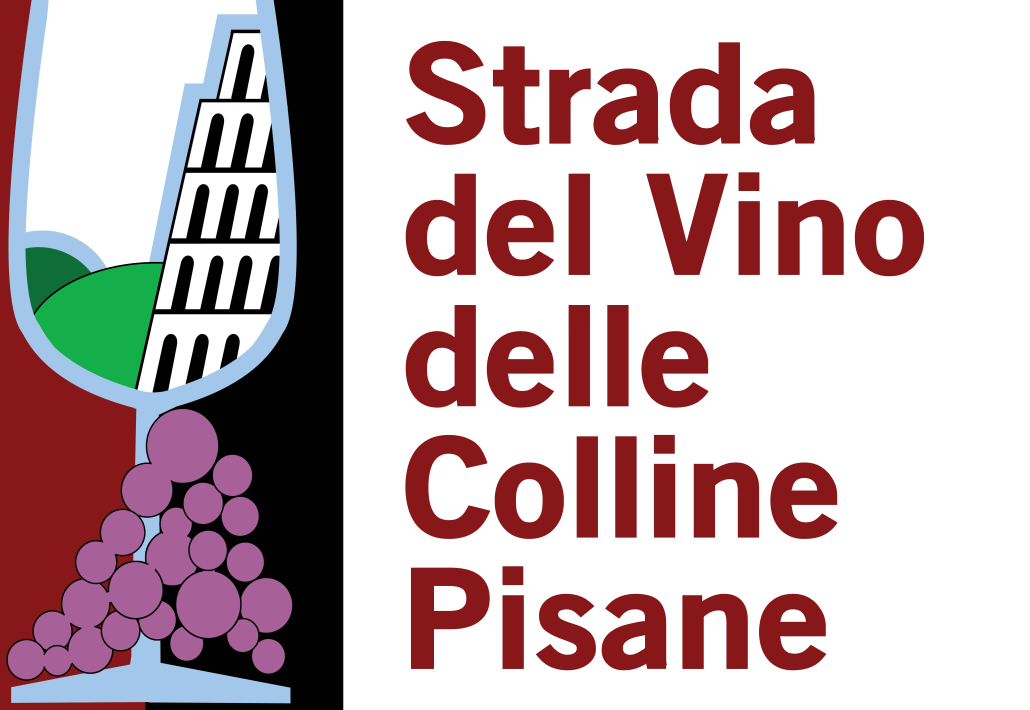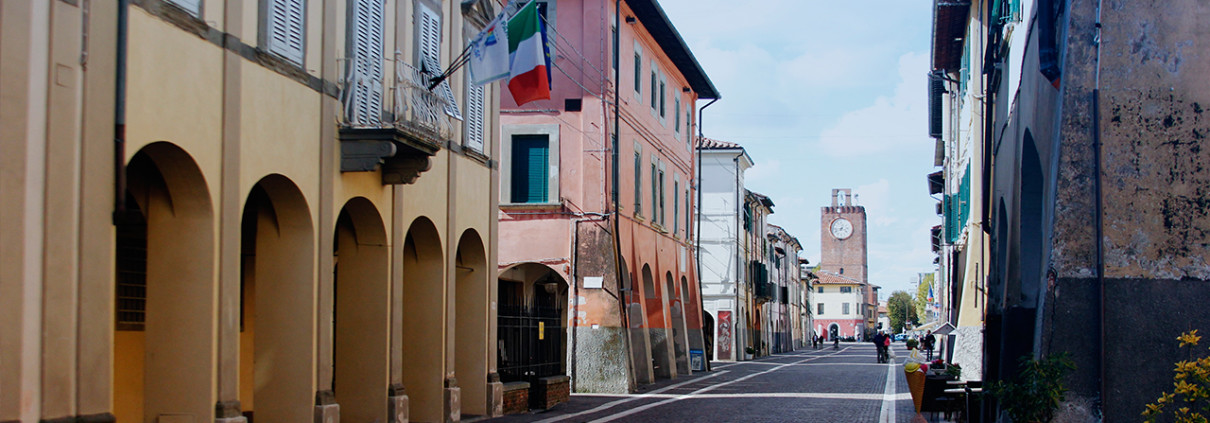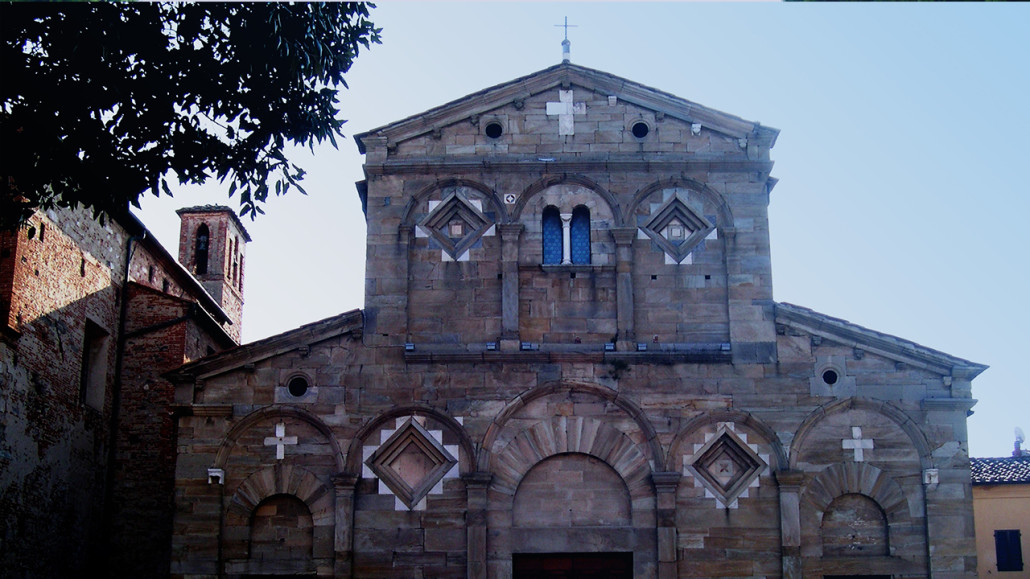CASCINA
Located along the right side of the Arno river, near the Pisan Mountains, Cascina is an ancient fortified town, once agricultural, then mainly commercial, that at the end of 1800 has quickly developed around woodworking, so that it now considered one of the most important manufacturing center of Italian furniture.
Laboratories and furniture factory throughout the town and adjoining area together with an Art Institute with a focus in the art of wood, confirm the vibrant craft busyness in furniture and furnishing.
The Permanent Exhibition of Furniture, established in 1922 by the Workers’ Association, houses the “Museum of Arts and Crafts of Wood”, collecting objects, tools and machines used in laboratories and workshops.
Among the remains of the medieval town are reported the Pieve of Santa Maria dell’Assunta and San Giovanni as well as the thirteenth-century walls, still partially preserved even with following reconstruction.
Among the events, the traditional Mercantico, every first Sunday of the month, during which you can admire antiques and local arts and crafts.
The Pievi
Near the center of the medieval wall, we find the church of Santa Maria Assunta and St. John the Evangelist dating from the eleventh and twelfth centuries. It presents a gabled faCade divided into two parts made of verrucano blocks. Linked with the church we find the chapel of the Sacrament in the late baroque style, with inside a late 600 painting by lucchese school representing St. Catherine of Siena who assist the sick.
In San Casciano is situated the parish of Saints Ippolito and Cassiano, renewed in the twelfth century above a pre-existing temple; of pisan and romanesque style, has richly decorated sculptures of famous master Biduino, and a considerable glazed terracotta by school of Della Robbia portraying the baptism of Christ.
The single nave without apse church of St. Lawrence Martyr in San Lorenzo alle Courti has two reproductions of an ancient inscription on the front door, which attributed the building of the first temple (with same name) in pisan 1046 (1045); the gift of a tooth of St. Lawrence martyr relic is remembered in an inscription now walled in the interior of the church, on the left wall below the choir.




